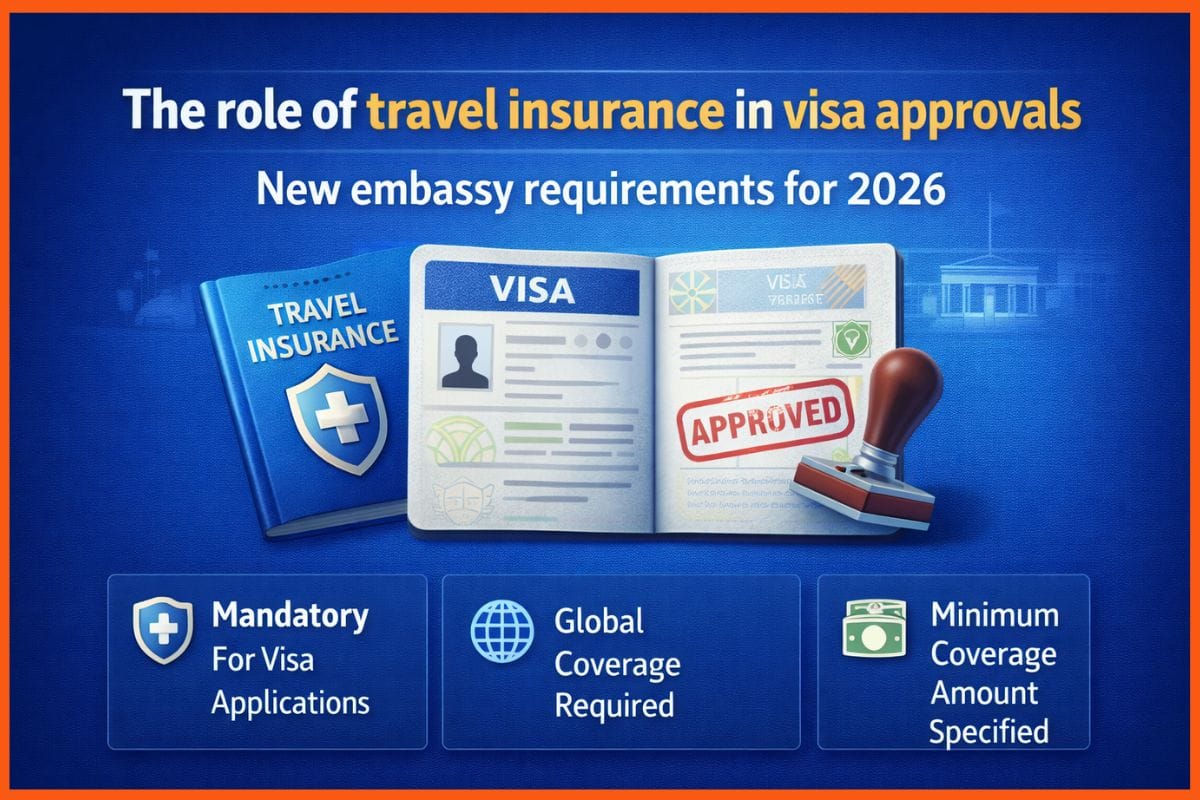What is Drip Email Campaign?
💻 SaaS
Whether you’ve been using email marketing automation for years, or have just started to dip your toes in, you’ve probably come across the concept of “drip campaigns”. Email drip campaigns are intimidating. They’re complicated, requiring you to create a bunch of content, write a bunch of emails, and then stitch it all together somehow.
What is an Email Drip Campaign?
An email drip campaign is a series of messages that are sent, or “dripped,” in a predefined order at a predefined interval. So, for example, if someone joins your email list, they receive Email #1 upon signup, Email #2 three days later, Email #3 five days after they join, and so on.
Must read: How to validate your SaaS idea before building an MVP?
Relevant read: How to Track Customer Acquisition in SaaS?
The primary goal of an email drip marketing campaign is to attract the right subscribers. And send subscribers highly relevant emails that encourage them to commit to your call to action. Even though these are automated emails, they can be personalized with your contacts’ name, company info, customer behavior, and more.
Automated email drip campaigns have been proven to perform better toward reaching your business objectives, for example:
- To effectively nurture your leads,
- Communicate regularly with your customers,
- Increase sales or
- Re-engage lost customers in a scalable way.
Drip campaigns are commonly used to communicate to new subscribers or someone who made a purchase but didn’t join your email list yet, but you can use them at any time.
What makes a drip campaign successful?
To create an effective email drip campaign, first, you need to pinpoint your pain:
- Do you need more checkouts?
- Drive back to your website your one-off website visitors?
- Do you need to increase engagement among your existing subscribers?
- Or onboard users smoothly so that they set up their accounts and start using your service?
All of these can be automated via the right drip campaign!
The secret to creating the perfect drip is to revisit it along the way; feed your insights and results into your existing drips and customize them accordingly.
Relevant read: Essential Tips for Marketing Your Business to Boost Profitability
Important read: Challenges Faced by SaaS startups
Common Types of Drip Campaigns
A drip email campaign is a primary nurturing/communication channel with your prospects and customers. Let’s look into how most common drip email campaigns are structured.
Welcoming
You did a great job at marketing your product, and you’ve gotten a lot of users to subscribe to your newsletters or sign-up to learn more about it. But how do you turn these new users into actual customers? How do you get them to try your product? Why should they be interested on what you have to offer?
That’s where welcome emails shine — they introduce users to your products and highlight what you have to offer.

Since the goal of a welcome email campaign is to deliver the first unit of value (aka the ‘Aha’ moment), you can stop this series of emails at any time when user becomes an ‘active user’. At this point, prospects understand your product value proposition and the next step is to teach them how to get maximum value from your product

GE Learning Technology (GETU)’s welcome email begins with a clear introduction of its business and benefits outlined in bold, followed by a video that provides a more in-depth explanation of its services.
User Onboarding
If welcome drip campaigns introduce your customers to your business, then onboarding campaigns are here to make them stay. They’re useful to software companies who encourage users to try their free trial first.

For example, if a user submits a registration form to create an account on LinkedIn, he/she will receive a welcome email. If the user never comes back, he/she will receive a series of welcome emails to encourage them to come back. On the other hand, if a prospect has registered to LinkedIn and started using it but hasn’t completed their profile details, then LinkedIn’s user onboarding emails will be sent. These explain why and how providing more profile information can enrich a user’s LinkedIn experience.

Cloud storage app Box employs drip campaigns to teach people how to use their product.
Also read: Bootstrapping SaaS Startups
Relevant read: Email writing for Engagement stage
Nurturing Leads
Some users need a little push, or nurturing — engaging promotions until they’re ready to buy your product. As a result, most businesses nurture their leads by offering emails with links to relevant content such as newsletters and webinars.

Prospects don’t always come through your free trial gate. Downloading a marketing asset, such as a whitepaper, industry research, case study or signing up to a webinar is another way to start a communication process with a prospect.

Zapier sends new users a nurturing drip email to help them brainstorm automation ideas.
Product Engagement
Product engagement campaigns are essential to a SaaS company with a freemium business model. Companies that use freemium models need to ensure that customers who aren’t paying for the product right now are engaged and increasingly use the product.

The math here is pretty simple: the more often someone engages with your site, the more likely they are to convert into a paying customer. Engagement emails are a type of drip campaign that invite the recipient to return to your site and look around, triggered either by some on-site activity or a general lack of activity.
Social sites are a great example of how to use activity-based triggers. If someone on Twitter mentions you in a tweet, Twitter can send you an alert-style email, encouraging you to visit Twitter and respond.
But it doesn't have to be just happy feelings; guilt can work as well. If you don’t log an activity in fitness app RunKeeper for a while, they’ll send an automated “We miss you!” email. It's a subtle way to remind you that you should work out, combined with a touch of nostalgia for the app they hope you'll use while exercising.

RunKeeper sends users who have not logged a workout in a while a re-engagement drip email.
Promotional Drip Campaigns
Promotional emails are used to upsell, promote and inform customers about limited-time promotions, special offers, new products and discounts.
"You might also like" isn't just for Netflix bingeing—recommendation engines are a cornerstone of nearly every giant online retailer. The more a company knows about you and your buying habits, the better they can predict what you will and won't like. With that info, they can send you targeted drip emails that contain products or coupons specific to your purchasing tendencies.

Jaybird’s email which introduces its wireless headphones is one good example.
Relevant read: How to Set Pricing for Your SaaS Product?
8 Ways to Toggle SaaS Customer Retention
Confirmations
You've closed the sale, or better yet, convinced a user to stick with your product for another year with a renewed subscription. But your drip email work isn't done. You can also use a drip campaign to confirm your user's purchase renewal—just set up a "thank you" auto-responder that goes out right after they hit the "purchase" button. In that confirmation drip, you could include some links to your product's newest features to re-engage them with your brand.

Fairfield uses drip campaigns to confirm user reservations, and show off some of the hotel amenities.
It should be a no-brainer to send your users an email receipt after they make a purchase, but you can also leverage that communication with related products and upsells. And with confirmations for things like plane tickets and hotel rooms, send a quick email a day before the event to put any important confirmation codes at the top of the user's inbox. Then, perhaps, that same drip can send another email a few days later, asking them to review your product or service and offer a coupon for future purchases.
Conclusion
In this article, we have seen what is drip email campaign and learnt about different types of drip email campaigns. If used correctly, drip email campaign strategy can be of great value to the marketing and growth of your company. With drip email campaigns, you will be able to get the right subscribers, nurture your leads, increase sales and/or re-engage lost customers.
So, apply the suitable drip email campaign strategy right now, and get started. Let us know your views in the comment section.
Also read: How to Design Drip Email Campaign?
Must have tools for startups - Recommended by StartupTalky
- Convert Visitors into Leads- SeizeLead
- Website Builder SquareSpace
- Manage your business Smoothly Google Business Suite





